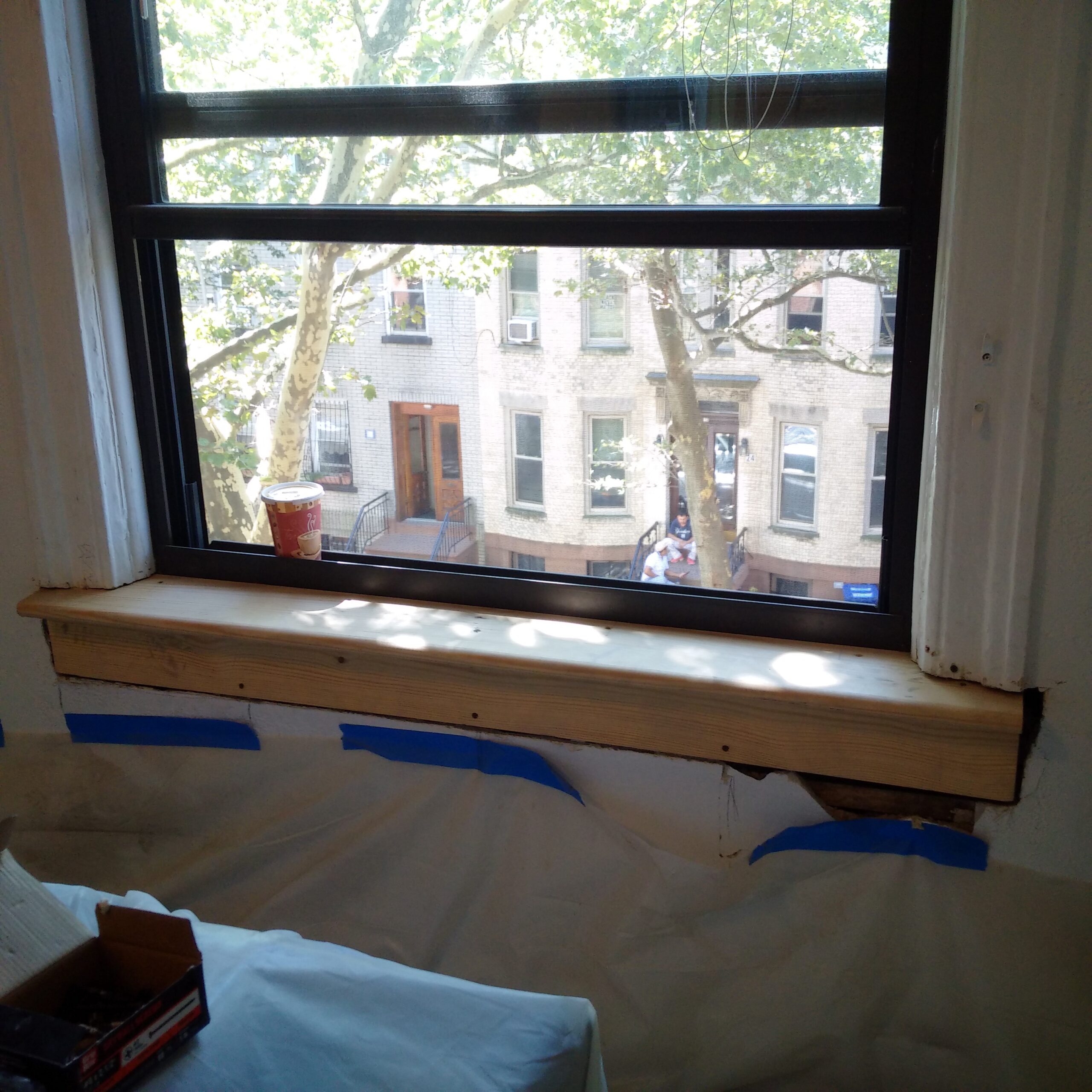Comprehensive Lead Paint Removal Service in NYC-- Licensed and Qualified
Comprehensive Lead Paint Removal Service in NYC-- Licensed and Qualified
Blog Article
Crucial Devices and Methods for Effective Lead Infraction Clean-up
Addressing lead infractions efficiently necessitates a thorough method that mixes the right devices with tactical techniques. Concurrently, the use of specialized cleaning devices, such as HEPA vacuums and lead-specific cleansing agents, is necessary for thorough pollutant elimination. Effective containment techniques, including plastic bed linen and negative air pressure systems, are vital to protect against the spread of dangerous materials.
Individual Protective Devices
Personal protective equipment (PPE) is an essential component in the effective monitoring of lead contamination cleaning. The crucial PPE for lead cleaning consists of respirators, protective garments, handwear covers, and eye security.
Respirators, specifically those outfitted with HEPA filters, are essential for filtering system air-borne lead fragments, stopping inhalation. Safety apparel, consisting of coveralls and non reusable matches, stops lead dust from sticking to employees' garments, lowering the threat of second contamination.
Moreover, extensive training on the appropriate use and maintenance of PPE is vital. Employees need to be enlightened on putting on and doffing procedures to prevent contamination. Routine assessments and replacements of PPE elements are needed to preserve their protective capacities, guaranteeing a safe and certified cleanup procedure.
Specialized Cleaning Tools

Another crucial tool is the wet/dry vacuum cleaner, which can effectively clean up both dirt and fluid contaminants. These vacuums usually come with HEPA filters to supply an added layer of security. Damp wipes or tack cloths are likewise vital for surface cleansing; they are especially designed to record and hold lead fragments, reducing the risk of spreading out contamination.
For even more persistent deposits, specialized lead-removal cleansing representatives are required. These agents are developed to break down lead bits, making them less complicated to get rid of. Scrub brushes with durable bristles can help in this process, specifically on harsh surface areas where lead dirt often tends to stick more strongly.
Additionally, encapsulants are used to seal lead-contaminated surfaces, avoiding the release of lead dust. These specialized paints and finishes are made to comply with numerous substratums, supplying a lasting option for lead control.
Efficient Containment Techniques
Efficient containment methods are crucial in mitigating the spread of lead contamination during cleanup activities. Implementing durable control methods makes sure that lead bits do not migrate to unaffected locations, therefore shielding both employees and the environment. One primary approach is using plastic sheet to seal contaminated areas. Sturdy polyethylene barriers can be installed from flooring to ceiling to produce a controlled workspace, significantly lowering the danger of airborne lead dirt dispersal.

To improve containment, encapsulants can be put on surfaces that are not being gotten rid of or disrupted. These specialized finishings bind lead dust, minimizing its availability for resuspension. In addition, all workers have to use appropriate Individual Protective Tools (PPE), including respirators and non reusable matches, to stop contamination spread.
Safe Disposal Practices
Guaranteeing secure disposal techniques is an important part in the management of lead contamination cleanup. Appropriate disposal alleviates the risk of lead re-entering the atmosphere and threatening public wellness. The primary step is to determine and set apart lead-contaminated waste from other materials. Secure containment making use of heavy-duty, watertight containers is vital to prevent spillage throughout transportation.
Transferring lead waste needs adherence to strict standards. Utilizing certified contaminated materials service providers ensures that the materials are handled sensibly. Documents, consisting of materializes detailing the kind and quantity of waste, must go along with shipments to track the waste from the website of origin to its final disposal location.
Designated hazardous waste disposal facilities are furnished to manage lead-contaminated materials safely. These facilities typically employ innovative methods such as stablizing, solidification, or chemical treatment to counteract the lead prior to disposal. Landfilling in specialized, lined locations that stop leachate from infecting groundwater is a typical practice for final disposal.
Normal training for workers associated with lead waste disposal is essential to maintain security standards and stop unintentional direct exposure. By sticking to these techniques, organizations can significantly decrease the environmental and health influences related to lead contamination.
Regulatory Conformity Tips

Complying with regulative compliance is extremely important in the effective implementation of lead contamination cleaning. Recognizing and following government, state, and neighborhood guidelines makes certain not only the safety and health and wellness of individuals yet also the legal and economic wellness of the cleaning company. click over here now The Environmental Protection Firm (EPA) sets rigid criteria, such as the Lead Improvement, Fixing, and Paint (RRP) Policy, which mandates appropriate accreditation and training for specialists taking care of lead-based activities.
Conformity starts with a complete assessment of suitable regulations and policies. Organizations must remain upgraded on any legislative adjustments, which can be helped with through routine training sessions and signing up for sector updates. Documentation is another vital compliance aspect; preserving in-depth records of all tasks, consisting of examination reports, employee training logs, and disposal manifests, is necessary.
Furthermore, engaging with certified lead inspectors or risk assessors guarantees that lead risks are properly identified and alleviated. Employers must apply making use of Individual Safety Equipment (PPE) and make certain that safety protocols are purely complied with. Finally, clear communication with stakeholders, including staff members, customers, and regulatory bodies, will foster a culture of compliance and liability, inevitably contributing to a much safer and much more reliable lead cleaning process.
Verdict
Efficient lead offense cleanup necessitates the integration of specialized devices and critical methodologies to guarantee safety and security and efficiency. Using HEPA vacuums, specialized cleaning agents, and reliable containment methods such as plastic bed linen and adverse atmospheric pressure systems is critical. Personal safety tools (PPE) safeguards employees from exposure, while risk-free disposal practices and rigorous adherence to regulatory compliance are essential for responsibly handling dangerous waste. Jointly, these steps significantly alleviate wellness article source threats and add to a cleaner setting.
Report this page